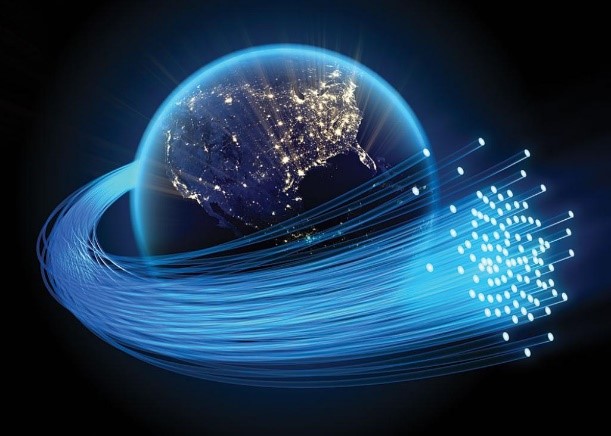MATT - Master in Advanced Telecommunication Technologies

Essentially all metro, regional, long haul, submarine networks and data center interconnections today are fiber-based technology. At present, no other technology that exceeds the benefits offered by optical fibers is foreseen in the near future.
Nowadays, the global demand for fiber optic cable has never been higher. Network operators throughout the world are adding more optical fiber to their networks than ever before. Deployment of fiber on such a scale is necessary to allow networks to handle the bandwidth demands of today and the future. These demands are driven by new innovations such cloud computing, 5G, Internet of Things, Smart Cities, Artificial Intelligence, etc.
Areas targeted for 5G coverage require lots of fiber to be successful. It’s rather ironic that the projected performance goals of 5G wireless will depend on the availability of wireline fiber. In fact, the only reason we don’t have fiber connected right to our smartphones is because we’d be less mobile.
As an example of the above, Verizon Communications (USA) is set to bolster the backhaul of its wireless network through a three-year, $1.05 billion contract signed with Corning to supply fiber optic cable and associated hardware for Verizon’s One Fiber initiative. The deal calls for Corning to provide up to 12.4 million miles of optical fiber per year from 2018 through 2020. The equipment is to be part of Verizon’s network architecture designed to improve LTE coverage and set the table for planned “5G” technology deployments.
The Fiber Optic Cable Market is expected to register a CAGR of over 12.26%, during the forecast period of 2018-2023. The report profiles network infrastructure providers and fiber optic cable manufacturers.

We recommend the following TRAC at MATT:

At MATT, the Optical Communications Group is teaching:
Share: